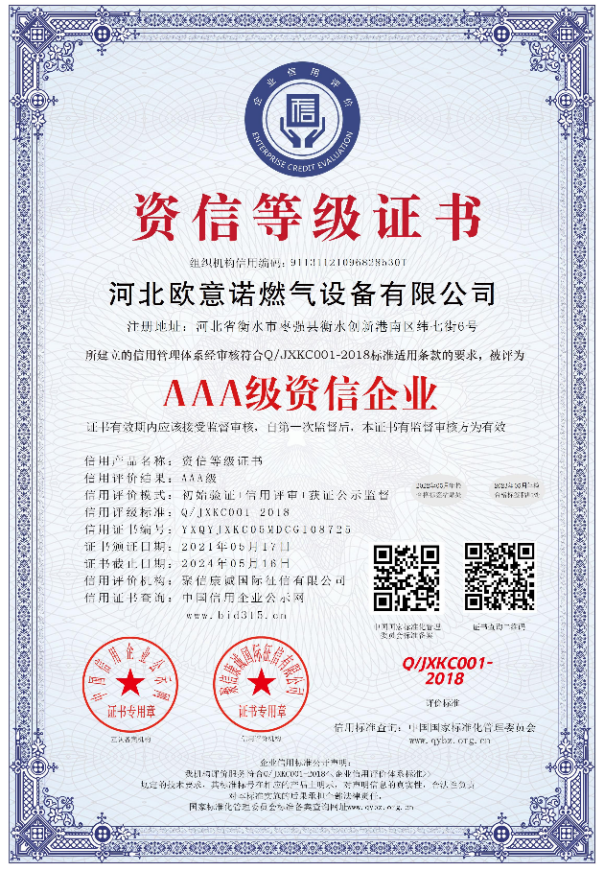
Oct . 12, 2024 09:27
Back to list
Electric Valve Control Systems for Modern Automation Solutions and Applications
Understanding Electric Valves Principles, Applications, and Future Trends
Electric valves, commonly referred to as solenoid valves, are critical components in numerous industrial and engineering applications. They use an electric current to control the flow of fluids or gases, integrating seamlessly with various systems in both residential and commercial settings. This article aims to explore the principles, applications, and future trends in electric valve technology, emphasizing their importance and versatility.
Principles of Electric Valves
Electric valves operate on the principle of electromagnetism. When an electric current flows through a coil of wire (or solenoid), it generates a magnetic field. This magnetic field then acts on a movable armature, causing it to either open or close the valve. This action allows or restricts the flow of the medium (liquid or gas) that the valve controls.
The simplicity of this mechanism is what makes electric valves so widely used. They can be activated by simple electrical signals, making them easy to integrate into automated systems such as process control machinery, robotics, and building management systems. Typically, electric valves can be classified into two main types normally closed (NC) valves, which remain closed when not energized, and normally open (NO) valves, which remain open in the absence of power.
Applications of Electric Valves
.
In the residential sector, electric valves are increasingly being used in smart home technologies. They can control water supply in automatic irrigation systems, manage heating systems, and operate water heaters, providing convenience and energy savings. Additionally, electric valves are instrumental in the HVAC industry, regulating airflow and adjusting system operations based on indoor climate conditions.
صمام كهربائي

Healthcare also benefits from electric valve technology through medical gas supply systems, ensuring the precise delivery of gases to patients in hospitals. Furthermore, in the automotive industry, electric valves control the flow of fluids like fuel and oil in engines, enhancing performance and efficiency.
Future Trends in Electric Valve Technology
As the demand for automation and smart technologies continues to grow, the future of electric valves looks promising. Innovations in Internet of Things (IoT) and artificial intelligence (AI) are influencing the design and functionality of electric valves. Modern electric valves can now be equipped with sensors that provide real-time data on flow rates, pressure, and valve status, facilitating predictive maintenance and improved operational efficiency.
Moreover, advancements in materials and manufacturing techniques are leading to the development of more durable and reliable electric valves. For instance, the incorporation of smart materials can create valves that are not only lightweight but also capable of withstanding extreme conditions, extending their lifespan and efficiency.
Sustainability is another significant trend influencing the electric valve market. Manufacturers are focusing on producing energy-efficient valves that minimize power consumption during operation. This shift not only helps in reducing costs for consumers but also contributes to a more sustainable industrial process.
Conclusion
Electric valves are indispensable tools in modern industry and daily life, driving efficiency, safety, and convenience across various sectors. Understanding their principles, applications, and future trends is crucial for engineers, technicians, and industry professionals. As technology continues to evolve, so too will the capabilities of electric valves, paving the way for innovations that enhance their functionality and integrate them further into our automated world. Embracing these advancements will undoubtedly contribute to a more efficient and sustainable future.
Next:
Latest news
-
Safety Valve Spring-Loaded Design Overpressure ProtectionNewsJul.25,2025
-
Precision Voltage Regulator AC5 Accuracy Grade PerformanceNewsJul.25,2025
-
Natural Gas Pressure Regulating Skid Industrial Pipeline ApplicationsNewsJul.25,2025
-
Natural Gas Filter Stainless Steel Mesh Element DesignNewsJul.25,2025
-
Gas Pressure Regulator Valve Direct-Acting Spring-Loaded DesignNewsJul.25,2025
-
Decompression Equipment Multi-Stage Heat Exchange System DesignNewsJul.25,2025

